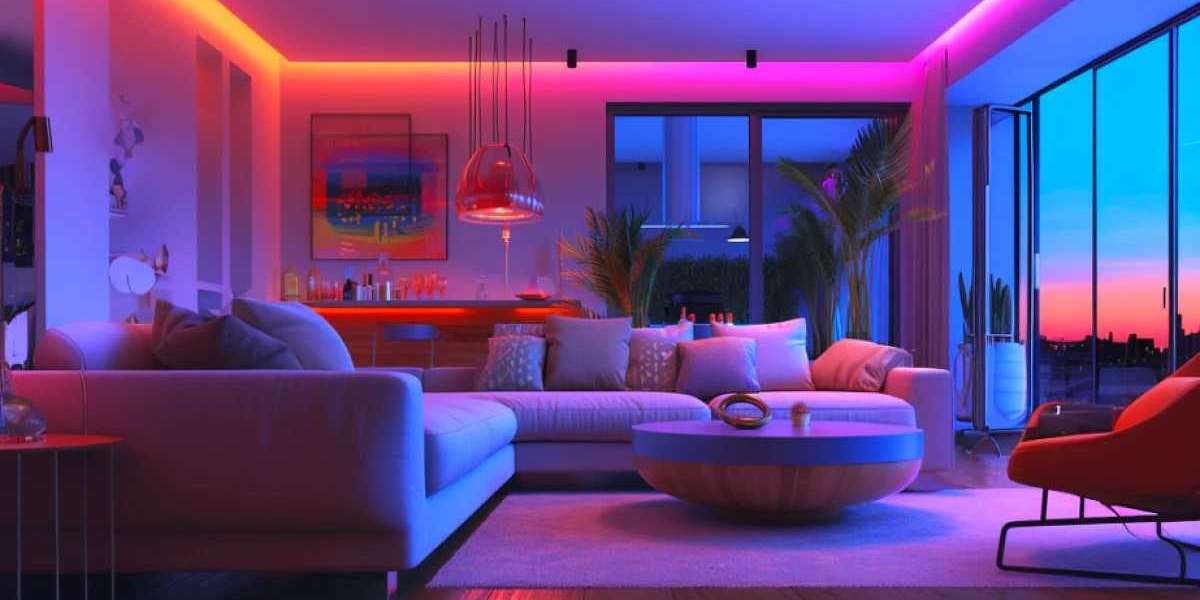In the era of home automation, smart home lighting setups have become a popular choice for homeowners looking to enhance convenience, energy efficiency, and aesthetics. With advanced technology, smart lighting allows users to control brightness, color temperature, and scheduling through voice commands or mobile apps. Whether upgrading an existing lighting system or designing a new one, integrating smart lighting can transform any space into a modern and functional environment.
Benefits of Smart Home Lighting
1. Convenience and Automation
One of the biggest advantages of smart home lighting setups is the ability to automate and control lights remotely. With a smartphone or voice assistant, users can turn lights on or off, adjust brightness, or set schedules based on daily routines.
2. Energy Efficiency
Smart LED bulbs consume less energy compared to traditional bulbs, reducing electricity bills and environmental impact. Many systems also feature motion sensors and adaptive lighting, which adjust brightness based on occupancy and natural light levels.
3. Enhanced Security
Smart lighting can be programmed to simulate occupancy when homeowners are away, deterring potential intruders. Additionally, motion-activated outdoor lighting enhances security by illuminating driveways, entryways, and other key areas.
4. Customizable Ambiance
With adjustable color temperatures and dimming options, smart lighting allows users to create the perfect ambiance for any occasion. Whether setting a relaxing mood in the living room or bright lighting for a workspace, the flexibility of smart lighting makes it a valuable addition.
Types of Smart Home Lighting Setups
1. Smart Bulbs
Smart bulbs replace traditional bulbs and can be controlled via apps or voice assistants. They offer features like color-changing options, dimming capabilities, and integration with smart home ecosystems.
2. Smart Light Switches
Instead of replacing bulbs, smart switches allow users to control traditional lighting fixtures remotely. These are ideal for homes where replacing all bulbs with smart ones may not be practical.
3. Smart Plugs
For lamps and standalone lighting fixtures, smart plugs provide an easy way to integrate them into a smart home setup. They allow for remote on/off control and scheduling without replacing existing hardware.
4. Motion and Ambient Sensors
These sensors enhance efficiency by turning lights on when motion is detected and adjusting brightness based on natural light levels. They are commonly used in hallways, bathrooms, and outdoor areas.
Integrating Smart Lighting with Other Smart Devices
Smart lighting works seamlessly with other smart home devices, such as thermostats, security systems, and voice assistants. Creating automated routines, like turning off lights when leaving home or dimming them when watching a movie, enhances convenience and energy savings.
Final Thoughts
Investing in smart home lighting setups is a great way to modernize a home while improving energy efficiency, security, and convenience. With a variety of options available, from smart bulbs to motion sensors, homeowners can create a customized lighting system that fits their needs. Additionally, integrating modern light fixtures into a smart lighting setup enhances both functionality and aesthetics, making any living space more stylish and intelligent.











